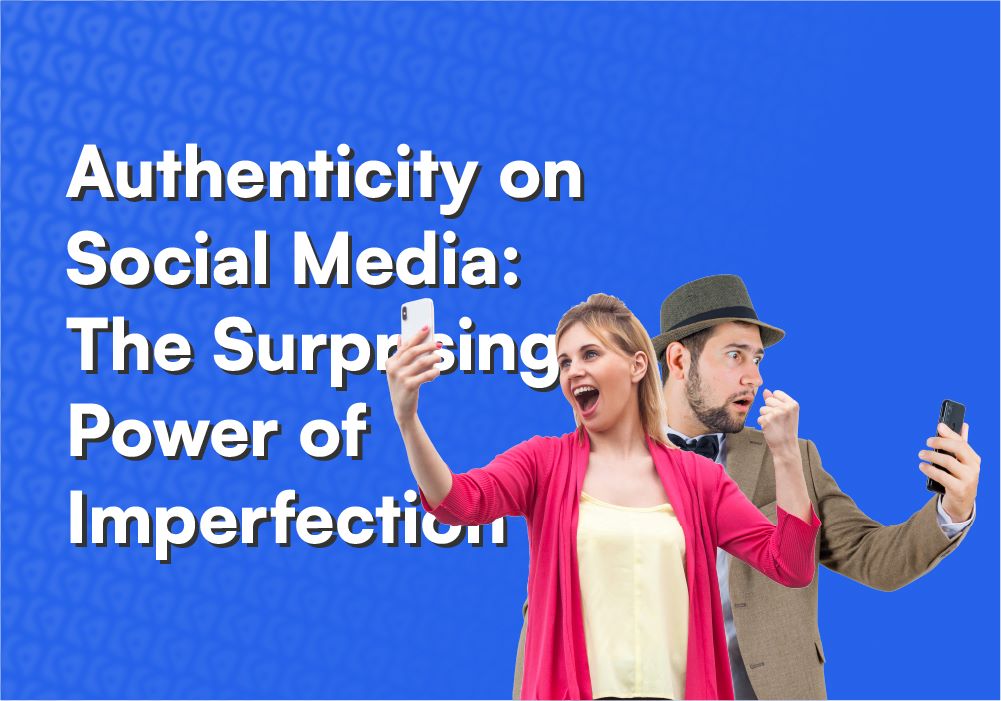What Does “Trend Detox” Mean for Brands?
The Difference from Trendjacking
Before we dive deeper, it’s important to clarify one key concept: digital detox. This refers to a temporary break — partial or complete — from digital media to reduce constant availability and overstimulation. Digital detox is often a gateway to digital minimalism, promoting mindful and selective media use over time.
Trend detox instead of trendjacking describes a brand’s conscious choice to resist viral trends in favor of emphasizing its own identity, values, and long-term stability. While trendjacking aims for short-term visibility, engagement, and cultural relevance by jumping on viral topics, trend detox focuses on sustainable brand strategy and authenticity.
Trendjacking refers to the deliberate involvement of brands, companies, or influencers in viral or trending topics to boost visibility, engagement, media coverage, and cultural relevance. This could include memes, political moments, awards show blunders, or viral tweets.
Trend Behavior in Social Media Marketing

According to a study from Hootsuite: While 82% of social media managers stay informed about current trends, not all believe participating in them is worthwhile — a cautious approach remains valuable. Flexibility remains essential either way. 27% of social media marketers routinely refine their content strategies in response to trends, choosing either to engage or to step back strategically. At present, just 29% of social marketers leverage social listening to track trends — yet most of them report beneficial effects for their business.
Why Brands Use Trendjacking
More and more brands and creators are using trendjacking in digital marketing to gain short-term reach and attention through viral topics. The strategy can work — but it’s not without risk. Especially when the trend doesn’t align with the brand’s identity, what seems like a clever move can quickly become a strategic misstep.
- When the Trend Doesn’t Fit the Brand: A viral hype can generate buzz — but only if it aligns with the brand identity. Otherwise, the campaign quickly feels forced or random. People notice immediately when a brand bends over backwards just to join the conversation.
The problem: a rushed attempt to follow a trend can dilute the brand message. Instead of creating connection, it creates distance. The brand loses clarity — and with it, credibility. This becomes particularly risky when the trend doesn’t resonate with the target audience or product offering. In that case, loyal customers may feel alienated rather than understood.
Trendjacking in digital marketing requires sensitivity: only trends that genuinely align with the brand’s identity and audience should even be considered. - Reputational Risks from Insensitive Content: Trends move fast — and some are controversial. Jumping in without proper context can lead to serious missteps. What starts as a clever idea can quickly spiral into a PR disaster if the context isn’t carefully reviewed.
Especially in the sensitive space of trendjacking in digital marketing, brands should always assess trends for potential controversy and communication pitfalls. And if criticism does come: stay calm, respond transparently, and be open to making corrections. That’s how you protect your brand’s reputation — even in the middle of a storm. - Too Much of a Good Thing: When Trendjacking Becomes Routine: Trendjacking can work — but not as a permanent strategy. Chasing every new hype makes a brand appear desperate. The audience can tell: it’s all about attention, not genuine value.
That’s why trendjacking should be part of a well-thought-out content strategy. It’s better to selectively engage with trends that align with the brand and contribute to long-term growth — rather than jumping on every bandwagon.
Brands are better off resisting the urge to follow every trend, and instead choosing topics that support their message and long-term brand positioning. That way, trendjacking becomes a strategic opportunity — not a trap.
Why Trendjacking Is Risky
Trendjacking can bring short-term attention, but it also carries significant risks. It becomes especially problematic when a trend doesn’t align with the brand’s identity — turning a clever move into a strategic misstep.
- Poor Brand Fit: Trends only resonate positively when they genuinely align with the brand. Otherwise, the campaign comes off as forced and may undermine trust and credibility.
- Insensitive Content and PR Risks: Thoughtless participation in trending topics can lead to cultural or ethical missteps. Careful analysis, transparency, and a willingness to make corrections are essential for protecting your brand’s reputation.
- Overuse of Trendjacking: Brands that constantly chase trends may appear directionless. Frequent trendjacking can numb the audience and gradually weaken the brand’s long-term impact.
The Benefits of a Trend Detox Instead of Trendjacking
The motivation behind trend detox instead of trendjacking lies in authenticity, brand resilience, and long-term customer loyalty. Common actions include:
• Not participating in viral challenges
• Avoiding trendjacking campaigns
Brands that consciously steer clear of hype avoid these risks. Trend detox instead of trendjacking promotes authenticity, consistent messaging, and lasting customer relationships.
Strengthening Brand Resilience
With trend detox instead of trendjacking, brands stay grounded in their core values and vision. They become less dependent on short-lived hype cycles and build a stable, long-term brand identity that can weather turbulent times.
Sustainable Customer Relationships
Brands and influencers embrace trend detox to form real, long-lasting connections with their audience. Rather than chasing quick clicks, they build trust through consistency, authenticity, and strategic relevance — leading to loyal, repeat audiences.
Enhancing Brand Identity
By stepping away from viral trends, brands can clarify their identity. Following every trend risks blurring the brand’s image in the minds of consumers. Trend detox strengthens the connection with the audience and supports long-term recognition.
Curating Original Content
Trend detox allows for the deliberate creation of brand-specific content tailored to audience needs. This makes customers feel seen, valued, and engaged for the long haul.
Example of a Successful Trend Detox Instead of Trendjacking
Case Study: Dove – Brand Building Through Consistent Messaging
Dove’s “Real Beauty” campaign has shown how a brand can build long-term trust by deliberately distancing itself from fleeting beauty and social media trends. Instead of jumping on viral hype, Dove has remained committed for years to a consistent brand message: real beauty, authenticity, and diversity. Source: Winston Rowe
This example illustrates that trend detox instead of trendjacking doesn’t mean being invisible — it means amplifying your message with clarity and purpose.
How Brands Can Put Trend Detox Into Practice
Content Strategies Without the Hype: Brands should focus more on storytelling and content that remains relevant over time (evergreen content). Instead of chasing trends, they should build thought leadership and become trusted voices in their field.
Communication with Conviction: Brands should take a clear stance on current issues. Transparency works better than simply adapting to trends.
Conclusion – Detox Over Hype: A New Brand Mindset
Trend detox instead of trendjacking represents a shift toward authenticity and long-term brand trust. In contrast to chasing short-term hype, this approach helps brands build credibility by focusing on their core values and messaging. Instead of reacting to viral trends, companies choosing trend detox instead of trendjacking take control of their narrative, deepen audience relationships, and foster sustainable engagement.


